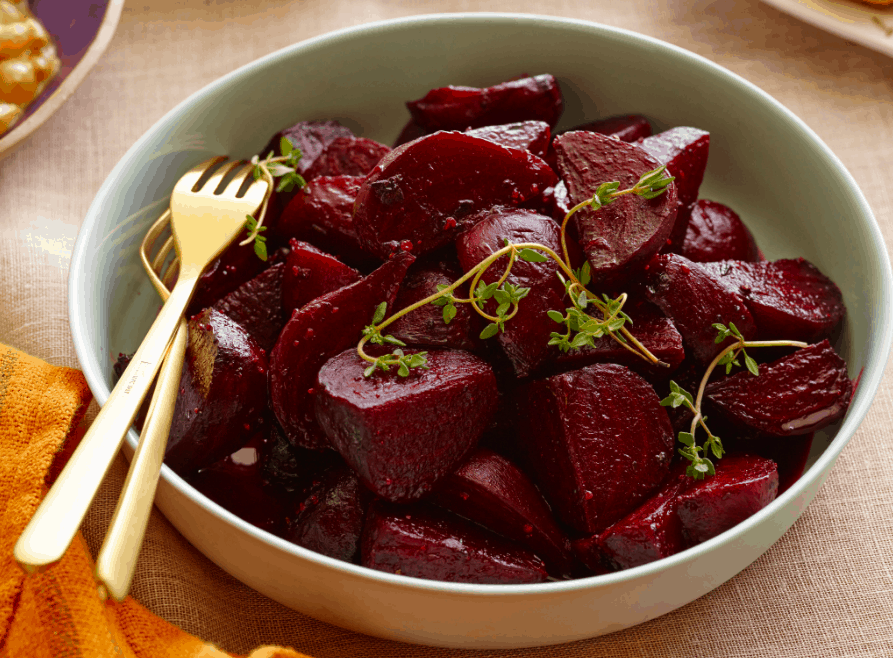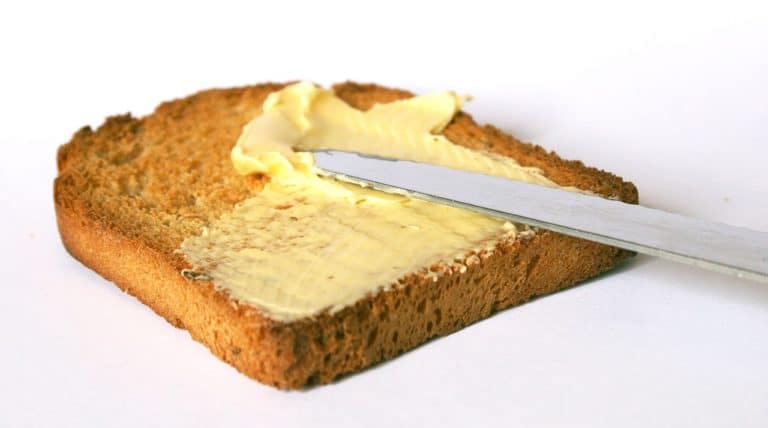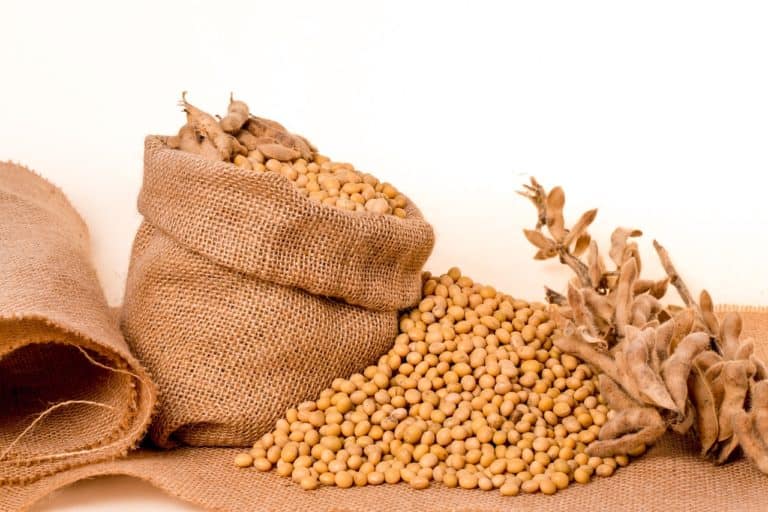Despite all the powders, pills, and elixirs out there, nature’s simpler foods are often the best performers.
Taking supplements can be a smart way to fill in nutritional gaps, but eating real, whole foods will always be the bedrock of a healthy diet. It can be tricky, though, to know which to pick, what they can do for you, and how best to eat them.
Since these five foods may not be on your radar yet, here’s all the info you need to make them part of your new menu and get a natural edge on your health.
Maintain energy levels with chia seeds
This ancient seed from Mexico is full of fiber, protein, and antioxidants and limits blood sugar spikes (providing steady energy) by slowing glucose absorption. Chia seeds also soak up 10 times their weight in liquids, so they keep you hydrated as they work their way through your GI tract.
The best way to eat them: Crunchy chia goes in most anything—yogurt, smoothies, even meatloaf. Their super-gelling properties can upset your stomach at first, so start with a teaspoon.
Burn fat with green tea
Besides its powerful antioxidants, cancer-fighting properties, and memory-enhancing powers, green tea’s active ingredient catechin also boosts metabolism to help burn fat. Plus, new research shows that the caffeine in green tea improves performance in the gym by reducing feelings of fatigue and increasing adrenaline levels.
The best way to drink it: Make a pitcher of iced green tea to keep in your fridge so it’s available when you otherwise might opt for soda or juice; when out, order green tea instead of coffee.
Boost endurance with beets
Known for boosting oxygen efficiency and lowering blood pressure due to their wealth of nitrates, these root vegetables have been shown to increase endurance by up to 16%. And in a 2012 The Journal of the Academy of Nutrition and Dietetics study, runners who ate beets an hour before a three-mile race finished the last mile 5% faster than beet-less runners.
The best way to eat them: Have beets or beet juice an hour before endurance workouts; steam raw halved beets for 15 minutes—or grill foil-wrapped halves for 30 minutes—and enjoy as a side.
Stick with superfruits
Loaded with polyphenols, superfruits are justly trumpeted for their antioxidant abilities. Acai has some of the highest levels, beating powerhouses like blackberries and cranberries; the skin of apples is filled with quercetin, an inflammation-fighter; plums pack in the chlorogenic acid, which helps control blood sugar; and pomegranates have a potent dose of punicalagin, a polyphenol that can help put bad cholesterol in check.
The best way to eat them: Blend acai berries and pomegranate seeds (aka arils) into a smoothie; toss sliced apples into a salad with nuts; and eat ripe plums whole or plop chunks into yogurt.
Ward off illness with watercress
Recent research crowned watercress-a small, leafy green with a peppery kick and the most nutrient-dense food in your local produce aisle. According to a 2013 study in the British Journal of Nutrition, athletes who ate 85 grams of watercress before intense exercise experienced significantly less damage caused by free radicals than those who didn’t.
The best way to eat it: Toss sprigs of raw watercress in sandwiches or salads; blend it into smoothies; steam or sauté as a side; or serve it on top of freshly grilled meat as a natural flavor enhancer.
References
Murphy M et al. Whole beetroot consumption acutely improves running performance. Journal of the Academy of Nutrition and Dietetics 2012 Apr; 112(4): 548-52
Fogarty MC et al. Acute and chronic watercress supplementation attenuates exercise-induced peripheral mononuclear cell DNA damage and lipid peroxidation. British Journal of Nutrition 2013 Jan 28; 109(2): 293-301







